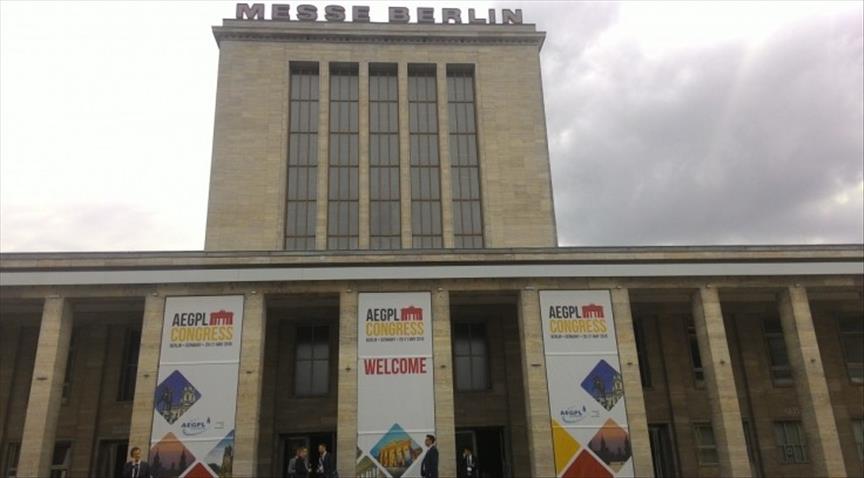The European LPG industry's event of the year, the AEGPL’s LPG Exhibition and Conference, began in the German capital Berlin on Wednesday and will run until Thursday.
AEGPL is comprised of national LPG associations, representing the main European LPG suppliers, distributors and equipment manufacturers. The annual event brings the industry together with global leaders, buyers and suppliers.
The first day of the congress on Wednesday held a discussion session on the overview of the international LPG market as well as discussions on new opportunities, public policy content and challenges which the LPG market faces globally.
'The future European Energy Union shares many features with the liquefied petroleum gas industry,' said Paul Ladner, the European LPG Association, AEGPL‘s President on the first day of the conference on Wednesday.
'The European Union labels the Energy Union as an effort to 'ensure secure, affordable and climate-friendly energy for citizens and businesses. Using energy more wisely and fighting climate change is not only an investment in our children's future, it will also create new jobs and growth,'' Ladner said and added that when he considers the Energy Union's aims, he sees a correlation between it and the goals of the LPG industry.
Ladner, who was elected as the President of the AEGLP on Monday, said the AEGLP as an industry is committed to optimizing LPG’s role in the transition towards a more climate-friendly energy model.
'Precisely because we share the views of the European Commission in that we are not only responsible for the world we live in, but also the world we leave for our children and their children,' Ladner said.
He added that LPG brings direct and concrete benefits not only to individual consumers, but also to a multitude of businesses in the majority of small and medium sized enterprises, which are at the core of the European economy.
On Thursday, Gunther Oettinger, the former European Commissioner for Energy will speak on LPG and its role in the European market. The congress will also discuss good practices and opportunities for growth.
The congress will hold an ‘Exceptional Energy Stage’ where exhibitioners will present new LPG technologies and initiatives.
Six million homes in Europe rely on LPG for central and water heating.
LPG is low-carbon alternative to conventional fossil fuels. Its combustion emits 33 percent less CO2 than coal and 15 percent less than heating oil, according to the French Agency for Environment and Energy Management.
As a testament to the growth of LPG, figures for the use of LPG in vehicles, known as autogas, have grown in Europe between 2012 and 2013, from 12.7 million to 13.4 million vehicles, according to the World LPG Association.
- Turkey and LPG
Turkey’s Energy and Natural Resources Ministry plans to deliver LPG to eleven cities out of its eighty-one by 2016, according to Turkey’s new 2015-2019 Energy Strategic Plan. Additionally, Turkish electricity power plants will use LPG as a main fuel.
LPG operates 121 gas turbines throughout the world, 19 of which are located in Turkey.
Most automobiles in Turkey use LPG instead of gasoline for fuel, according to data released by Turkish Statistical Institute (Turkstat).
LPG-fuelled cars increased by 3.2 million in the last ten years since 2004, while gasoline-fuelled cars decreased by 1.2 million during the same period.
LPG is the preferred fuel in Turkey because of its price advantages. Gasoline and diesel fuels have taxes levied making these fuels less attractive to Turkish consumers who pay one of the most expensive gasoline and diesel fuel prices compared to the rest of the world.
By Murat Temizer
Anadolu Agency
murat.temizer@aa.com.tr


